Over 60% of individuals who lose weight regain it within a few years, often due to solely focusing on weight loss through calorie restriction. This approach can lead to muscle loss and a slower metabolism, making it harder to maintain results.
This guide tackles a different approach: body recomposition. This involves gaining muscle while simultaneously reducing fat. This method not only helps you achieve the desired physique but also boosts your metabolism for long-term success.
This article equips you with the knowledge and tools to kickstart your journey towards a healthier, stronger you.
Understanding Body Composition and Goals

Ever feel like you’re battling your own body? You hit the gym, sweat it out on the treadmill, but the results seem frustratingly slow. You’re not alone. Many people confuse weight loss with their goal, which often leads to frustration and missed opportunities.
Here’s the truth: simply focusing on the number on the scale might not be the whole picture.
It’s all about understanding what your body is made of. This brings us to the concept of body composition. Imagine yourself like a pie chart:
- Muscle: The engine that burns calories, even at rest.
- Fat: Stores excess energy.
- Bone: The framework that supports your body.
- Water: Essential for bodily functions.
The key to that sculpted look we all desire lies in body recomposition. This means gaining muscle while simultaneously reducing fat.
Why is this different from just losing weight?
Shedding pounds can be easy, but it often comes with a sacrifice – muscle loss. This can leave you feeling weaker and lacking that toned definition.
Science backs this up: A meta-analysis published in the Journal of Strength and Conditioning Research found that combining resistance training (weightlifting) with a healthy diet led to significantly greater muscle gain and fat loss compared to just dieting alone [*].
Here’s the scenario:
Imagine Garv, frustrated with her lack of progress. She cuts back on calories but ends up feeling sluggish and notices her clothes fitting a bit looser – not the toned look she was hoping for.
The Solution:
By incorporating strength training alongside smart eating, Garv can build muscle, which acts like a metabolic furnace, burning more calories throughout the day and helping her achieve the desired body composition.
Key Takeaways:
- Body composition is the makeup of your body (muscle, fat, bone, water).
- Body recomposition is gaining muscle while losing fat.
- Strength training is key to building muscle and achieving a toned physique.
- Focus on sustainable progress and celebrate small victories.
The Role of Nutrition in Muscle Building and Fat Loss
So, you’ve unlocked the concept of body recomposition – building muscle while trimming fat. Now, it’s time to address the fuel that keeps this engine running: food!
Think of your body like a car. You wouldn’t expect a high-performance engine to run on low-quality fuel, would you? The same applies to your body. To achieve your goals, you need to provide it with the right nutrients.
A. Calorie Balance: The Energy Equation
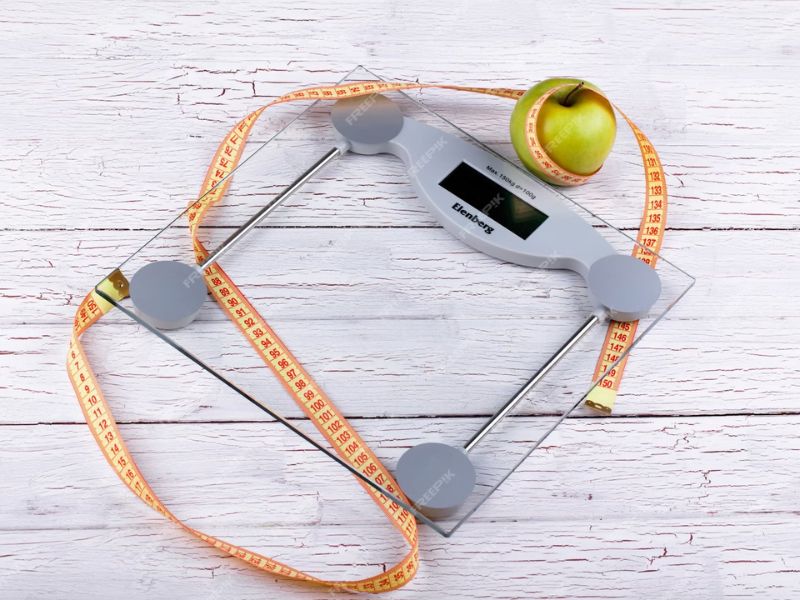
Imagine calories as tiny units of energy. Every action you take, from breathing to that intense workout, burns calories. Here’s the catch:
- Calorie Intake: This refers to the number of calories you consume through food and drinks.
- Calorie Expenditure: This is the total number of calories your body burns throughout the day.
Fat Loss 101: To shed fat, you need to be in a calorie deficit. This means burning more calories than you consume.
But how many calories do you actually need?
This is where bodyweight maintenance calories come in. This is the number of calories your body burns to maintain its current weight. There are online calculators and even apps that can help you estimate this number.
B. Macronutrients: The Building Blocks
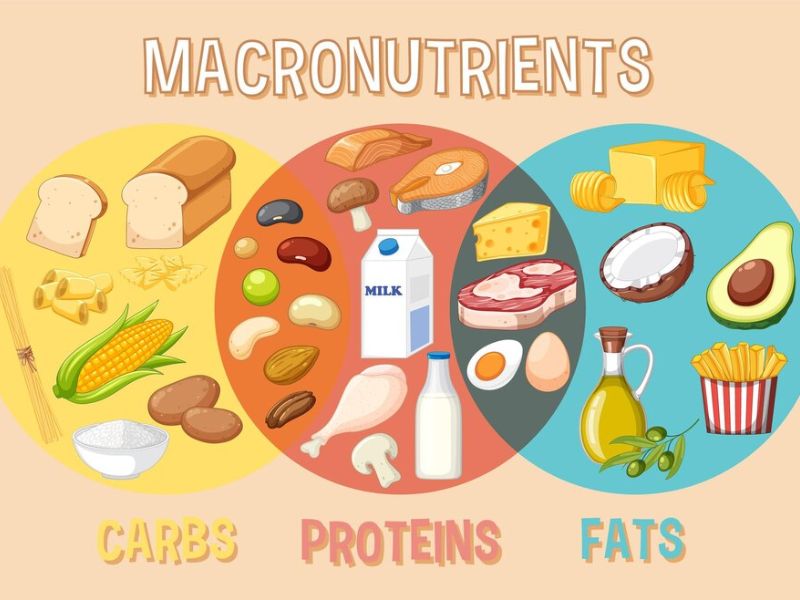
Now, let’s dive into the good stuff: macronutrients. These are the essential nutrients your body needs in larger quantities [*]:
- Protein: The building blocks of muscle. Aim for 1.2-2 grams of protein per kilogram of body weight daily. Think chicken breast, fish, beans, and lentils.
- Carbohydrates: Provide energy to fuel your workouts. Choose complex carbs like whole grains, fruits, and vegetables over refined options like white bread and sugary drinks.
- Healthy Fats: Don’t skip on fats! They are crucial for hormone regulation, keeping you feeling full, and even aiding in nutrient absorption. Opt for sources like nuts, seeds, and avocados.
C. Micronutrients: The Unsung Heroes
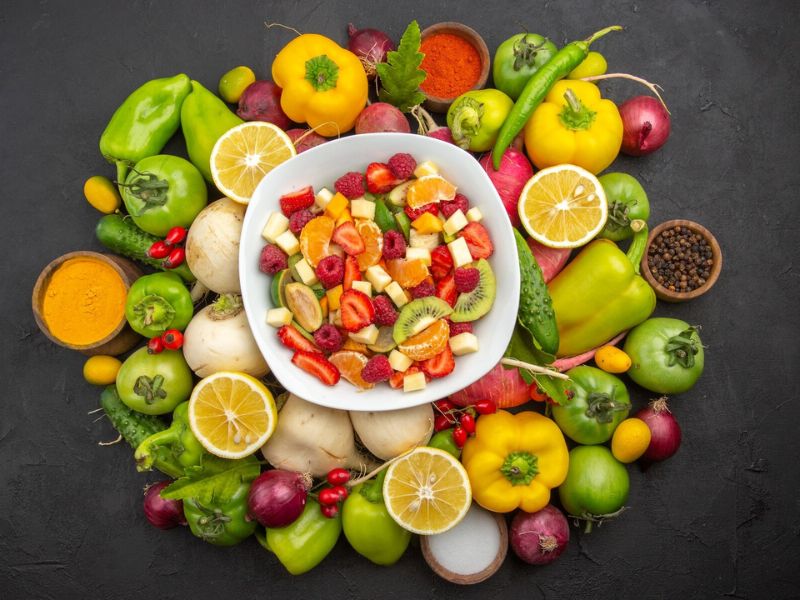
Micronutrients (vitamins and minerals) might be tiny, but their impact is significant. They play a vital role in overall health and metabolism.
Your Mission: Fill your plate with a rainbow of fruits, vegetables, and whole grains. These are powerhouses packed with essential micronutrients to keep your body functioning optimally.
Also Read:
Food Choices for Muscle Building and Fat Loss

A. Prioritizing Whole Foods:
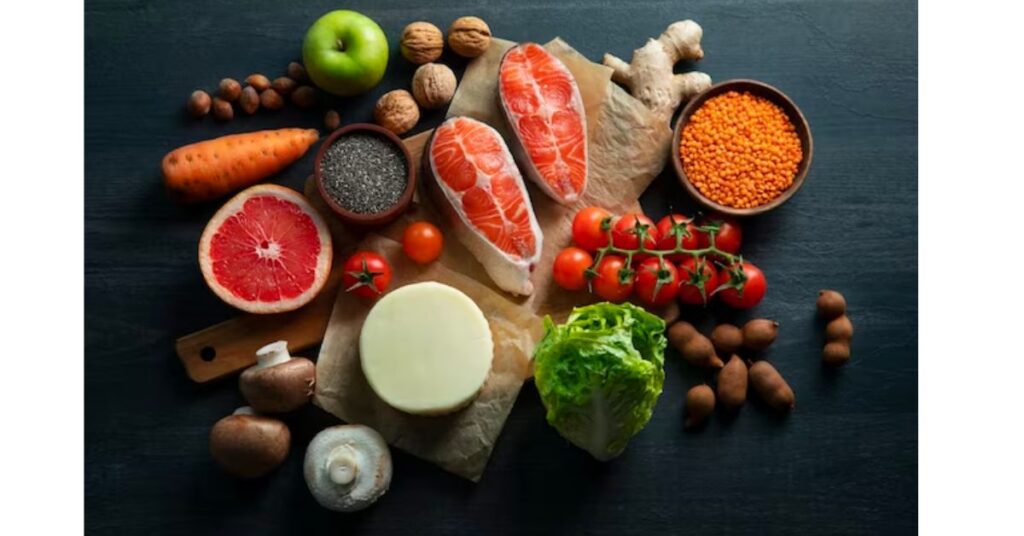
Okay, you’ve learned about the importance of both calorie balance and macronutrients. But with countless food options out there, how do you translate this knowledge into actual meals?
Let’s face it, sifting through conflicting information and endless recipe websites can be overwhelming.
The Secret Weapon: Whole Foods
Imagine you’re grocery shopping, surrounded by aisles of processed snacks and sugary drinks. It’s tempting to grab the convenient option, but here’s the truth: whole foods are your best allies in this journey.
Think of it this way: whole foods, like fruits, vegetables, lean protein sources, and whole grains, are packed with essential nutrients your body craves. They are:
- Higher in fiber: This keeps you feeling fuller for longer, aiding in managing portion control.
- Richer in vitamins and minerals: These micronutrients are crucial for overall health and a well-functioning metabolism.
- Less processed: Free from added sugars, unhealthy fats, and preservatives often found in packaged foods.
Studies like one published in the American Journal of Clinical Nutrition show that people who consume more whole foods tend to have lower body fat percentages compared to those who rely heavily on processed options [*].
B. Sample Meal Plans:

We hear you – meal planning can be a struggle!
Here are some sample Indian meal plans (remember, adjust portion sizes based on your calorie needs):
Sample Meal Plan 1 (Moderate Calorie Level):
- Breakfast: Scrambled eggs with spinach and whole-wheat toast
- Lunch: Chicken curry (made with lean protein and vegetables) with brown rice and roasted vegetables
- Dinner: Dal (lentils) with mixed green salad and whole wheat roti
- Snacks: Greek yogurt with berries, nuts
Sample Meal Plan 2 (Higher Calorie Level):
- Breakfast: Paneer (cottage cheese) scramble with chopped vegetables and whole-wheat toast
- Lunch: Fish curry (high in protein and healthy fats) with brown rice and a side salad
- Dinner: Chicken biryani (made with brown rice and vegetables) with raita (yogurt-based condiment)
- Snacks: Roasted makhana (fox nuts) with mixed nuts and seeds
C. Cooking Tips:
- Embrace simple cooking methods: Grilling, baking, and stir-frying are healthy and flavorful options.
- Prep your meals: Dedicate some time each week to chopping vegetables and pre-cooking protein sources. This makes healthy choices easier throughout the week.
- Spice things up!: Explore the vast world of Indian spices. They not only add flavor but also boast potential health benefits like aiding digestion.
- Don’t be afraid of leftovers: They can be a healthy and convenient lunch option.
D. Sample Grocery List:
- Lean protein sources: chicken breast, fish, lentils, beans
- Vegetables: spinach, broccoli, carrots, onions, tomatoes
- Fruits: apples, bananas, berries, oranges
- Whole grains: brown rice, quinoa, oats
- Healthy fats: nuts, seeds, avocados
Strength training for Muscle Building and Fat Loss

You’ve prepped your body with the right fuel (whole foods!), but there’s another crucial element – exercise. Think of it like this: while food is the fuel, exercise is the engine that revs it up.
Why is exercise so important?
- Building Muscle: Remember, muscle is metabolically active tissue, meaning it burns more calories even at rest. Strength training, also known as resistance training or weight training, is key to building and maintaining muscle mass.
Science confirms this: A meta-analysis published in the journal “Sports Medicine” showed that resistance training led to significant increases in muscle mass compared to other exercise modalities.
- Fat Burning: While cardio gets all the hype, incorporating moderate-cardio alongside strength training offers a double win. It helps you burn calories during the activity and can also contribute to a slight boost in metabolism post-workout.
Here’s the scenario: Imagine Lisa, frustrated with her weight loss plateau. She hits the treadmill every day, but the scale seems stuck.
The Solution: By incorporating strength training 2-3 times a week alongside her cardio routine, Lisa can build muscle, which in turn, helps burn more calories throughout the day, even when she’s resting.
Remember:
- Progressive overload is crucial. Gradually increase the weight, sets, or reps over time to keep challenging your muscles and promoting growth.
- Don’t go it alone! Consulting a certified personal trainer can ensure proper form to avoid injuries and create a safe and effective workout plan tailored to your goals and fitness level.
Building Sustainable Habits
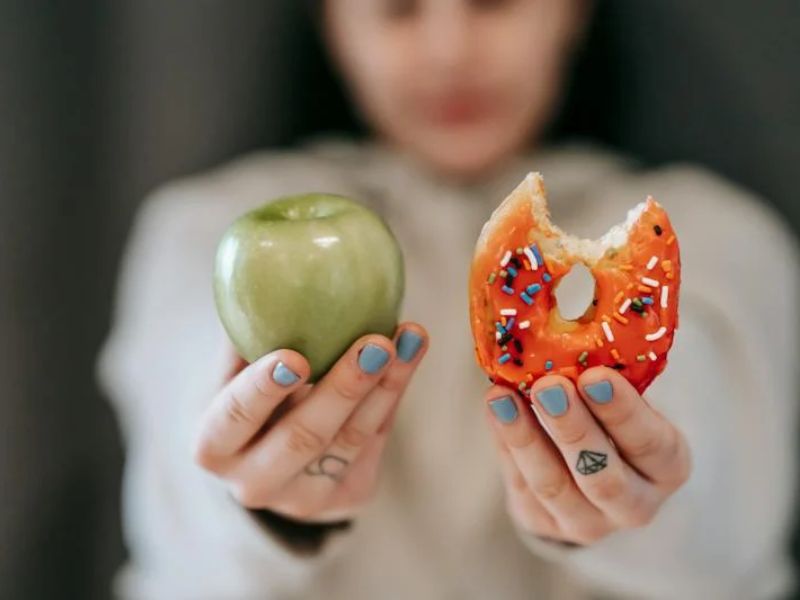
Let’s face it, crash diets and intense workout routines rarely stick in the long run. The key to achieving your fitness goals lies in building sustainable habits that you can integrate seamlessly into your lifestyle.
Imagine Sarah: Super motivated, she dives headfirst into a restrictive diet and a grueling gym schedule. While she sees some initial results, the constant struggle and feeling deprived lead to frustration and eventually, giving up.
Here’s the secret:
- Focus on building healthy habits, not just temporary fixes. Think small, achievable goals like incorporating one additional serving of vegetables into your daily meals or swapping sugary drinks for water.
Science agrees: A study published in the “International Journal of Behavioral Nutrition and Physical Activity” found that individuals who focused on developing sustainable healthy habits were more likely to maintain their weight loss in the long term.
Building a Balanced Lifestyle:
- Don’t deprive yourself: Enjoy occasional treats in moderation. A balanced approach is key to preventing cravings and fostering a healthy relationship with food.
- Find an exercise routine you enjoy: Going for a brisk walk with a friend, dancing to your favorite music – discover activities that keep you engaged and motivated.
- Make healthy swaps: Instead of ditching your favorite foods altogether, explore healthier alternatives.
- Swap sugary drinks for water: This simple change can significantly reduce your daily calorie intake.
- Cook more meals at home: This gives you control over ingredients and portion sizes.
- Find an exercise buddy: Having someone to hold you accountable can make a big difference.
- Prioritize sleep: When you’re sleep-deprived, your body produces more stress hormones, making it harder to lose fat and gain muscle.
The key takeaway:
- Sustainable habits are the foundation for long-term success.
- Focus on making small, gradual changes you can maintain.
- Celebrate your progress and enjoy the journey towards a healthier you.
Conclusion
In conclusion, achieving your dream physique requires a two-pronged approach: nutrition and exercise.
This guide serves as your roadmap to navigate the world of body recomposition, emphasizing building muscle while reducing fat.
We delved into the science of body composition and the importance of macronutrients and micronutrients to fuel your body adequately.
We explored the concept of calorie balance and provided sample meal plans packed with whole foods to keep you feeling fuller for longer and provide essential nutrients.
Remember, exercise is equally crucial. Strength training is key for building muscle mass, while moderate-cardio complements it by aiding in burning calories.
Finally, building sustainable habits is the secret weapon for long-term success. Focus on gradual changes, celebrate your victories, and enjoy the journey towards a healthier, stronger you.
By following the tips and strategies outlined in this guide, you’ll be well on your way to achieving your fitness goals and building a sculpted physique you’ll be proud of.


2 thoughts on “What are beginner nutrition basics for muscle and fat loss?”